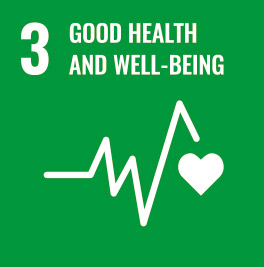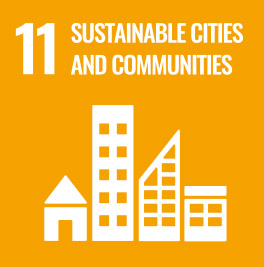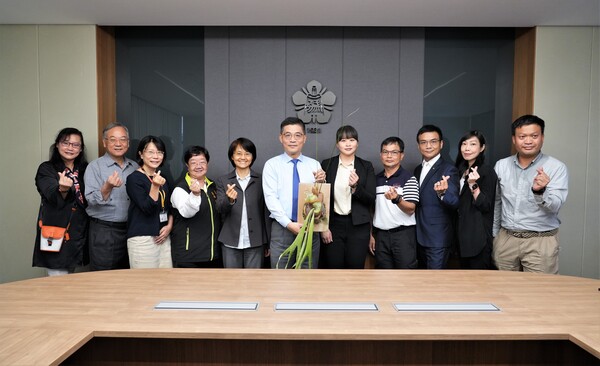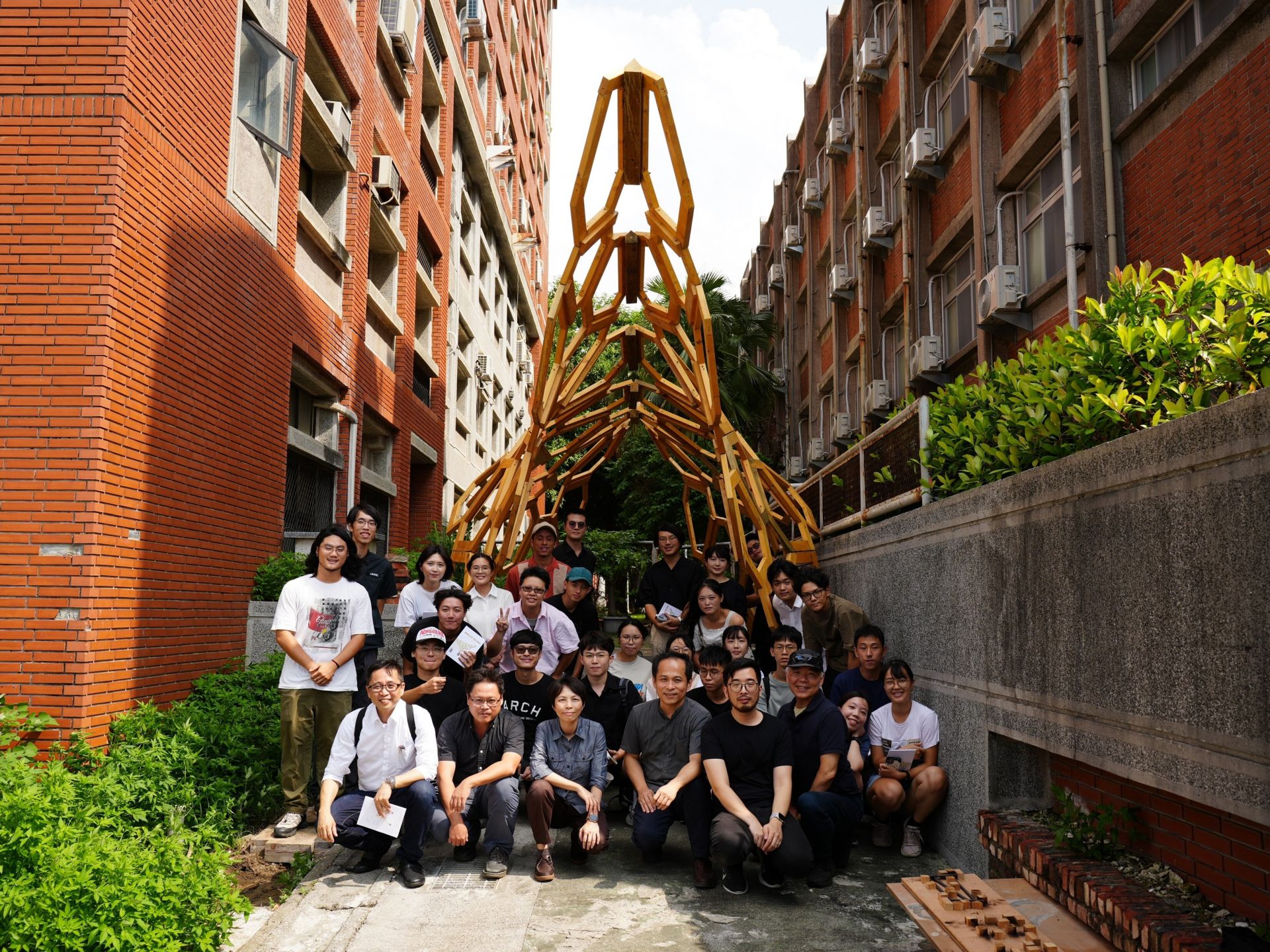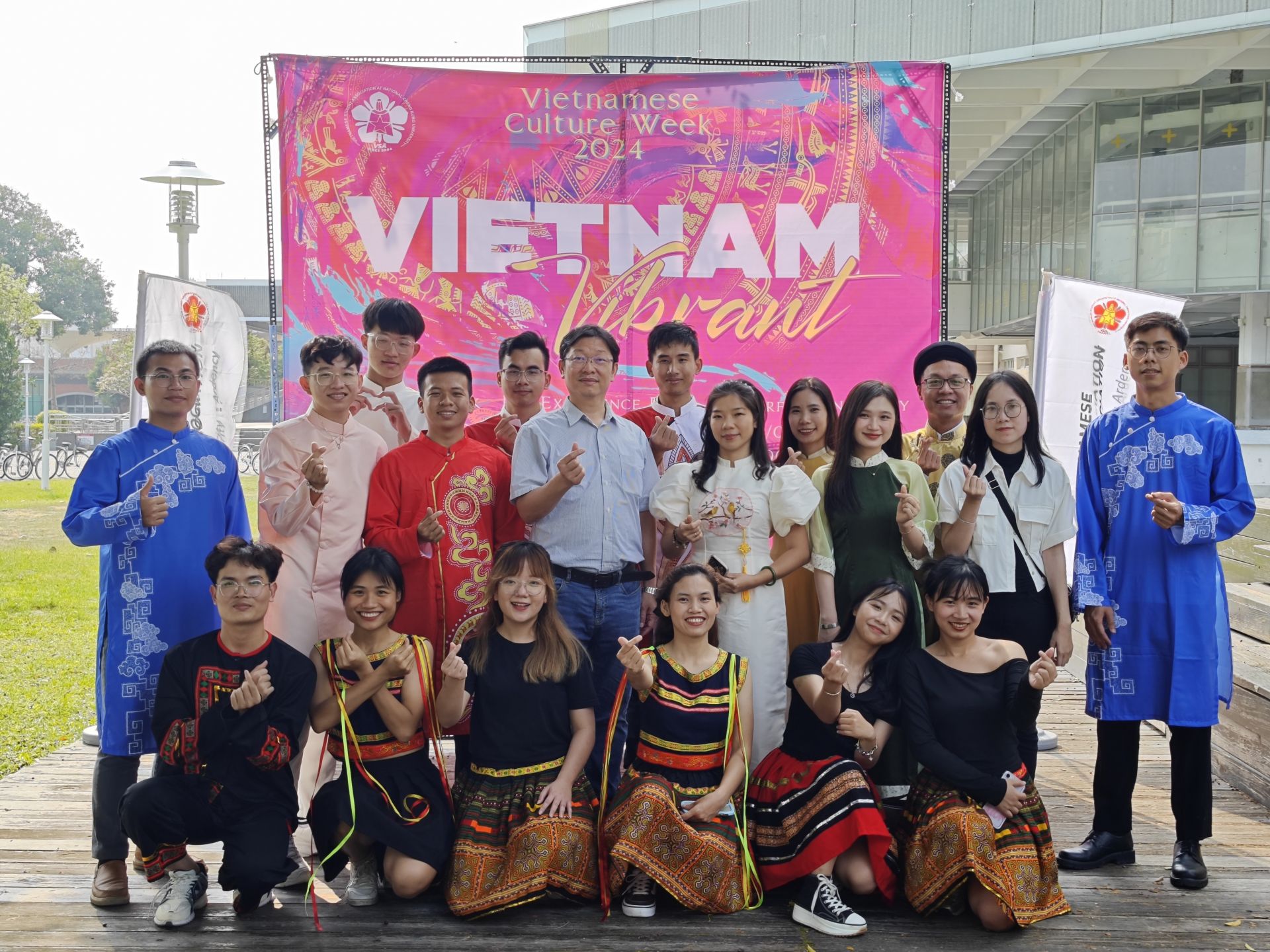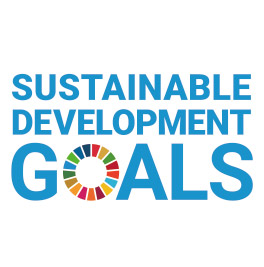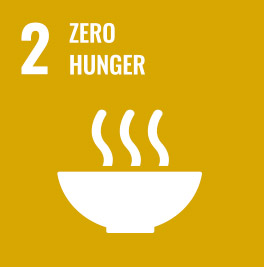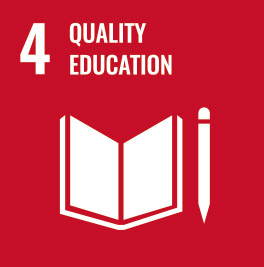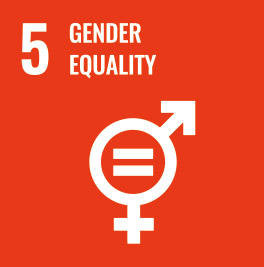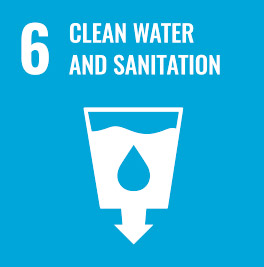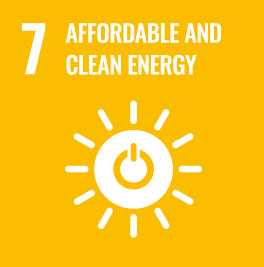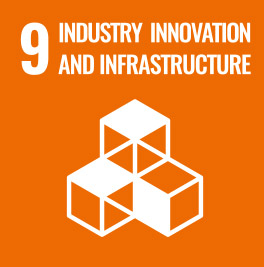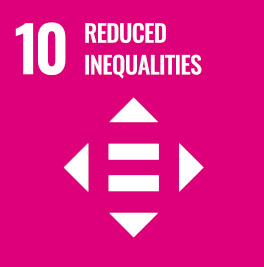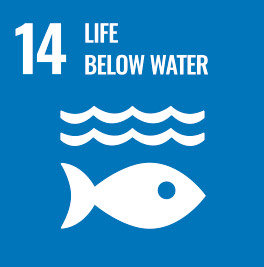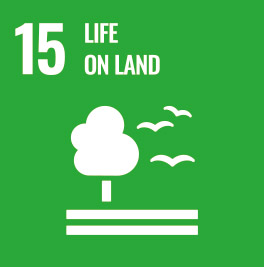Text/Photos from NCKU News Center/Provided by National Cheng Kung University News Center and Dr. Chih-Da Wu
Taiwan demonstrates its ability to engage in international diplomacy through technological means. The research team led by Dr. Chih-Da Wu, a professor from the Department of Geomatics at National Cheng Kung University employed geographical artificial intelligence to investigate the sources of benzene in The Hartman Park community, Houston, Texas, earning recognition from the United States. Benzene, a hazardous pollutant, is known to increase the incidence of blood cancer, lung cancer, and colorectal cancer in humans. Prior studies have also reported that individuals living near rapid traffic roads, industrial areas, or gas stations are at a higher risk of benzene exposure.
The results of the benzene study in the Hartman Park community, Houston has been published in the prestigious international journal "Journal of Hazardous Materials", entitled “What is the spatiotemporal pattern of benzene concentration spread over susceptible area surrounding the Hartman Park community, Houston, Texas?”. The research team includes Director Hsiu-Ling Chen from the Institute of Food Safety, Hygiene, and Risk Management at National Cheng Kung University, Professor Galen D. Newman and his team from the Department of Landscape Architecture and Urban Planning at the School of Architecture, Texas A&M University, Deputy Director Shih-Chun Candice Lung from the Research Center for Environmental Changes at Academia Sinica, and Aji Kusumaning Asri, a doctoral student in the Department of Geomatics at National Cheng Kung University. Additionally, they are also still conducting pollution analysis in the Joppa community, Dallas, Texas.Taiwan demonstrates its ability to engage in international diplomacy through technological means. The research team led by Dr. Chih-Da Wu, a professor from the Department of Geomatics at National Cheng Kung University employed geographical artificial intelligence to investigate the sources of benzene in The Hartman Park community, Houston, Texas, earning recognition from the United States. Benzene, a hazardous pollutant, is known to increase the incidence of blood cancer, lung cancer, and colorectal cancer in humans. Prior studies have also reported that individuals living near rapid traffic roads, industrial areas, or gas stations are at a higher risk of benzene exposure.
Dr. Chih-Da Wu said that benzene has been definitively confirmed as a carcinogen by the International Agency for Research on Cancer (IARC). While overall cancer incidence in Taiwan has decreased due to collective efforts, specific cancers such as blood cancer and lung cancer have not followed this trend. These increases may be linked to environmental pollution. According to data from the Taiwan Cancer Registry (TCR), the incidence of blood cancer is higher in certain regions, including the northern Taiwan and Kaohsiung. Kaohsiung. The north’s higher incidence could be attributed to the contribution of dense population and elevated emissions from traffic related factors such as automobiles and motorcycles. Meanwhile, Kaohsiung’s related to the petrochemical industrial area.
In a study conducted in Kaohsiung, Wan-Ru Wang, a doctoral student at the National Cheng Kung University, Department of Environmental and Occupational Health said that benzene has been confirmed to be related to the occurrence of blood cancer. The main pollutants emitted from petrochemical industrial areas include benzene, toluene, ethylbenzene and xylene. Their study revealed that people living nearby Kaohsiung’s petrochemical industry have a blood cancer incidence rate 1.54 times higher than the general population, while children and teenagers in the vicinity experience a 1.21 times higher incidence.
Wan-Ru Wang also pointed out that the latest research found the linkage between benzene exposure and lung cancer and colorectal cancer. The study revealed a 1.5% increase in lung cancer mortality, a 1.2% rise in colorectal cancer incidence, and an 0.8% increase in overall mortality.
Dr. Chih-Da Wu confirmed that benzene is not only prevalent in petrochemical industrial areas but also associated with oil and gas emissions from gas stations. Additionally, rapid traffic flow on highways and elevated roads contributes to benzene emission. Based on the analysis of geographical artificial intelligence, it is advisable to maintain a distance of at least two kilometers from gas stations and 100 meters from highways. Only when the highway is at least 1 km away can benzene concentration be effectively reduced.
The team is currently collaborating with the Ministry of Environment, the Research Center for Precision Environmental Medicine at Kaohsiung Medical University, and Xiaogang Hospital, to leverage geographic artificial intelligence technology for addressing air pollution in Kaohsiung.
Dr. Chih-Da Wu’ team specializes in geographic artificial intelligence technology. By using actual monitoring pollutant data and combining it with up to 300 environmental factors—such as geographic information systems, satellite-derived landmarks, land use emission sources, and meteorological factors—they can accurately determine the spatial distribution and contributing sources of pollutants across the entire study area.
Dr. Chih-Da Wu said that the Houston research initiative stemmed from an invitation extended by Director Hsiu-Ling Chen to the Texas A&M University Superfund Research Center. This invitation was facilitated through the Ministry of Environment's Chemical Substances Management Agency program last year. The center, which receives funding from the Texas government, has been operational for five years with a budget of US$500 million. Its primary focus is on addressing environmental pollution. Notably, the center expressed keen interest in the geographic artificial intelligence technology developed by a team in the Department of Geomatics, National Cheng Kung University, leading to collaborative efforts between the two institutions.
He said that the study conducted in the Hartman Park community in Houston was primarily led by Aji, an Indonesian doctoral student in the Department of Geomatics at National Cheng Kung University. The study area is characterized by its proximity to industrial zones, oil storage tanks, highways, and railroads. The community predominantly consists of Hispanic residents with relatively low incomes. Benzene exposure in this area is significant. Using geographical artificial intelligence analysis, the source and spatial distribution of benzene were estimated with an impressive accuracy of 98%.
Provider: NCKU News Center
Date: 2024-06-05

Numerous petrochemical plants in Xiaogang District, Kaohsiung. The emissions from these industrial facilities may contribute to a higher blood cancer incidence among local residents compared to the general population.

Dr. Chih-Da Wu from the Department of Geomatics at National Cheng Kung University and his team conducted study on benzene concentration in the Hartman Park community, Houston, Texas, USA. The study finding was officially published in an international journal.



